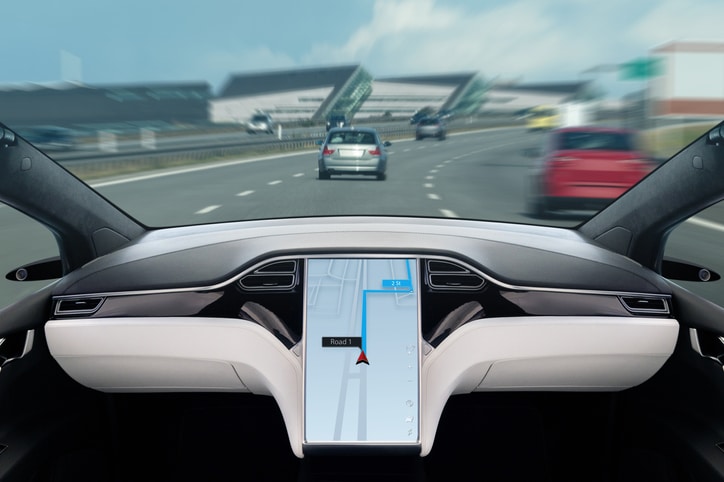With Tesla rolling out their line of driving assisted vehicles, and every other car manufacturer trying to catch up, autonomous vehicles have gotten a lot of publicity in the last year. The concept of self-driving cars is revolutionary, and could potentially improve vehicle safety, and be more environmentally friendly. These vehicles essentially turn active drivers into simply passengers. Motorists would be able to depend on the vehicle’s systems to travel the roads and avoid obstacles. Advanced sensors and algorithms operate the car, and we can see these systems in work already. While impressive, a quick internet search will show you we won’t be fully autonomous for at least a few more years.
Unfortunately, companies like Tesla are in the news frequently, and not for the right reasons. We keep seeing reports of tragic, dangerous, been fatal crashes that involve a driverless vehicle. Recently, two men near Dallas were killed when a Tesla was in assisted driving mode. The vehicle had no driver, with the two men sitting in the front and back passenger seats. The vehicle sped around a turn too fast, and crash into a tree. While Tesla claims they inform customers that the car should always be operated with a fully alert driver, many critics say this is not enough.
What Does The Law Say?
While this incident is unfortunate, wrecks like these bring up a very important legal question. Who is responsible for car crashes, that involve no driver? According to a policy analysis done by Texas A&M, there are 6 levels of autonomous driving. 0 through 5. Zero being your normal vehicle, with no automation and five being fully automated. This is where the issues begin. According to section 541.001 of the Texas Transportation Code, a vehicle operator must be licensed, but does not necessarily have to be a “natural person.” While there are no licensing or registration requirements for automated driving systems, they still met the legal standards of an operator under the Texas code. Senate Bill 2205 further clarifies the legality of automated vehicles. While they are legal, the safety standards and the responsibility of the “driver,” are still unclear.
Who is Responsible?
So, if an autonomous vehicle is involved in a crash, and the crash is the result of a defect in the vehicle’s automation software or hardware, who would be held liable? It would depend on the facts of the case, but Texas’ modified negligence laws could play a role. Using Tesla’s driver-assisted automation software as an example, drivers are told to be fully attentive. The feature is not a substitute for a real, licensed, driver. So, if a crash occurred as the result of a program error, and the driver was otherwise preoccupied and did not take reasonable action to prevent the collision, the driver might be 51% or more, responsible for the collision. Under Texas law, that would make the driver ineligible to recover damages.
Keep in mind that car crashes, especially those involving autonomous vehicles, are complicated. Every crash has its own unique set of factors that determine who is liable. Speak with an attorney to determine your rights and responsibilities after any car crash in Texas.
TEXAS CAR CRASH LAWYER.
Have you or a loved one been in a serious car crash and suffered injuries? If so, you should contact an experienced Personal Injury attorney. Villarreal and Begum is a local San Antonio firm that will fight to get you the compensation that you deserve. We serve clients across Texas with offices in San Antonio, Austin, McAllen, and Laredo. We are available day and night to take your calls. Call or contact us today. The Law Guns will fight for you.

Alexander Begum has tried over 50 trials to verdict and tried or settled over $500 million in cases. Alex is a founding shareholder of the Texas Law Gun, Injury and Accident Lawyers.




